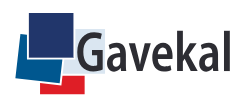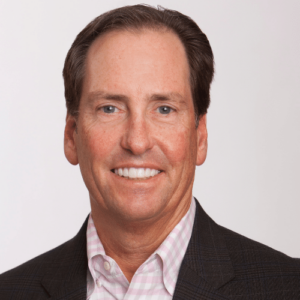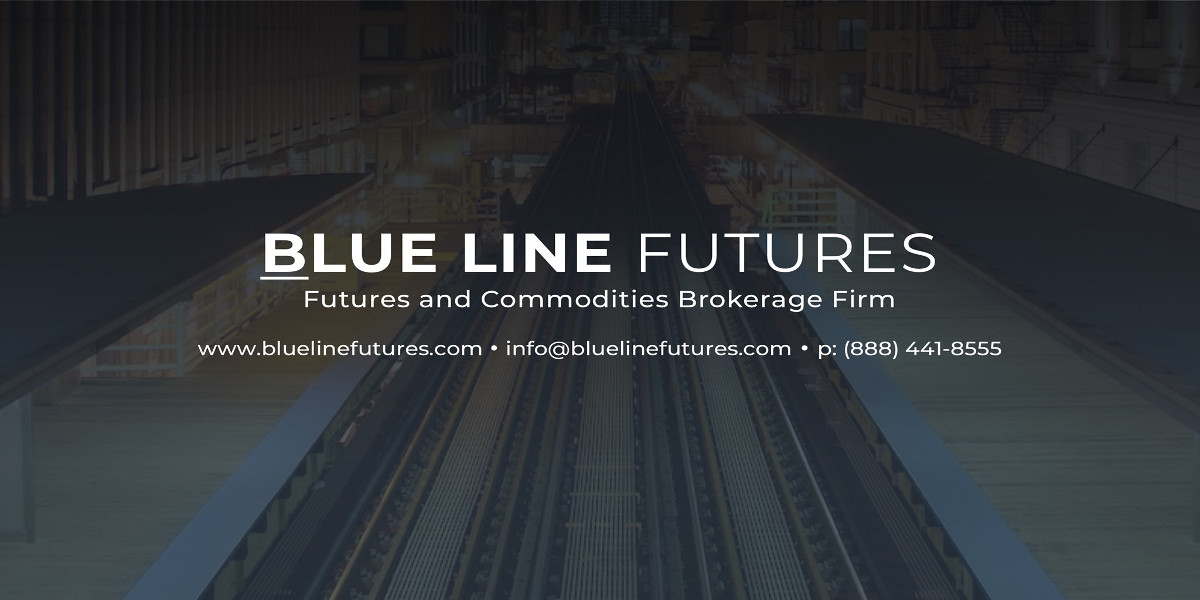Making Hay Monday – January 16th, 2024

Making Hay Monday
High-level macro-market insights, actionable economic forecasts, and plenty of friendly candor to give you a fighting chance in the day’s financial fray.

Shutterstock
A few Haymaker readers and Evergreen Gavekal clients have expressed their concerns about my workload. Most vocal of all on that subject has been my wife, who proposed a viable solution, as you will soon read.
Unquestionably, it’s a big burden to be Evergreen Co-CIO and to put out as much video and written content as I do. Accordingly, I’m very pleased to announce that my dear friend and partner, Louis-Vincent Gave, has offered to come to my aid. This was the idea my wife had and, as usual, it was a good one.

Louis-Vincent Gave
Because Louis is one of the few people I know who is busier than I am, I was reluctant to approach him in this regard. However, he didn’t hesitate to agree. To avoid putting more pressure and work on him, my plan is to “re-broadcast” some of the voluminous amount of research he publishes each month. In many cases, I will add my own commentary to his notes and we will also create some original articles on topics where our thoughts align… and in some cases where they diverge. Frankly, and unsurprisingly, that does periodically occur.
To convey what a great deal I think this is for Haymaker subscribers (especially of the paid variety, who will be able to see his missives we choose to run in their entirety), Louis was once again featured in this week’s Barron’s. We’ve attached a link to that article at the end of this note. Because I’ve been planning to announce this enhancement today, it was a remarkable coincidence. Additionally, Louis is making a persuasive case for one of my favorite asset classes in this article: Emerging Market Debt. In it, several other experts also weigh in on why they think this long-despised slice of the bond market is poised to provide superior returns.
Of course, this will be only a fraction of the research Gavekal as a firm provides to its clients, some of whom I know also read Haymaker. For those institutional and ultra-high-net-worth readers* who are not Gavekal clients, you may want to give them a test-drive. Actually, I guess that’s another aspect of what Louis and I will be doing with our joint effort — providing you all with a few tidbits of their excellent body of analytical work. However, if you’d like to check out their research in more detail on a trial basis, that can easily be arranged. Just email us below via one of the provided addresses so we can arrange for your “taste of Gavekal”.
Jbarnes@gavekal.com
— or —
*It’s a pricey service, appropriately so given the quantity and quality of the content.


Evergreen Compatibility Survey
“My daughter asked me when she came home from school, ‘What’s the financial crisis?’ and I said, it’s something that happens every five to seven years.” -Jamie Dimon
A Preferred Solution…
…& A Study in Contrasts

Shutterstock
As I admitted in It Happens Every Time, the ferocious rally in almost all yield-oriented investments since late October is a mixed blessing. It’s great to be on the receiving end of the positive double-whammy of receiving a high cash flow and enjoying price appreciation. But once that has played out, committing new capital becomes more challenging.
Presently, I’d argue that’s particularly the case due to the very real risk, in my assessment, of another bond rout looming, at least for longer-term maturities in the U.S. The distinct possibility of credit spreads (the yield gap between U.S. government bonds and corporate bonds) also blowing out again creates a potential negative double-whammy for long duration private sector debt securities.
As a result, my team and I at Evergreen Gavekal have been cashing in some of our gains on corporate bonds that have soared. But that leaves the challenge of what to do with the proceeds. Of course, “T-bill and chill” remains a most viable option with one-year Treasurys still yielding around 5%. For a large portion, like 25%, of investor portfolios, that’s a very reasonable alternative.
Fortunately, there are some other yield vehicles that look appealing, like the Brazilian corporate bond we highlighted for paying subscribers in the January 2nd Making Hay Monday. In this issue, I’d like to shine my light on a preferred stock with some unusual attributes.
Before I do, I’d also like to provide some background on the company whose name I will mention in the post-paywall section. Firstly, it’s a distributor of products that have benefited from the Re-industrialization of America theme and it should continue to ride that wave. It has also been consistently profitable, even during the Great Recession and the pandemic panic.
From a balance sheet standpoint, it has as much in net current assets (i.e., current assets minus current liabilities) as it has in debt. Admittedly, most of that is in inventory and receivables, but it turns both of those at a rate of about six times a year. Said differently, inventories and receivables convert to cash about every two months. It is generating around $900 million of free cash flow, basically cash flow after capital spending. This provides the company with the ability to pay down a considerable amount of debt each year, should it choose to do so.
The preferred is rated BB minus versus its debt that carries the borderline investment-grade rating of BB/BB+ (BBB minus is the low end of investment grade). It did add about $3 billion of debt in 2020 due to a large acquisition of a competitor. Encouragingly, though, cost savings from that takeover are more than covering the cost of servicing the additional debt. It also used equity to seal the deal, increasing its share count by about 20%; however, earnings per share have roughly tripled since then, indicating that was a savvy use of both equity and debt.
In fairness, sales in some of its divisions have been weakening of late. That’s likely reflecting the industrial recession that’s been underway, outside of those areas on the receiving end of lavish government incentives and funding (like semiconductor plants and green energy projects).
Now, here’s the juicy part: this preferred stock is producing a yield of 6.67% to its call in June 2025, assuming a purchase today around 26½. The odds of it being called are extremely high. This is because the current coupon, or face dividend rate, increases substantially based on the current level of 5-year U.S. Treasury yields. The return it will generate by June 2025 is tied to that government security. Presently, that would amount to over 14%. Thus, the probability of this preferred getting called in less than a year and half are close to 100%. As a result, it is almost certain to be extremely stable in price, even if general market rates rise significantly…
Subscribe to Haymaker to read the rest.
Become a paying subscriber of Haymaker to get access to this post and other subscriber-only content.
A subscription gets you:
| Subscriber-only posts and full archive | |
| Post comments and join the community |

IMPORTANT DISCLOSURES
This material has been distributed solely for informational and educational purposes only and is not a solicitation or an offer to buy any security or to participate in any trading strategy. All material presented is compiled from sources believed to be reliable, but accuracy, adequacy, or completeness cannot be guaranteed, and David Hay makes no representation as to its accuracy, adequacy, or completeness.
The information herein is based on David Hay’s beliefs, as well as certain assumptions regarding future events based on information available to David Hay on a formal and informal basis as of the date of this publication. The material may include projections or other forward-looking statements regarding future events, targets or expectations. Past performance is no guarantee of future results. There is no guarantee that any opinions, forecasts, projections, risk assumptions, or commentary discussed herein will be realized or that an investment strategy will be successful. Actual experience may not reflect all of these opinions, forecasts, projections, risk assumptions, or commentary.
David Hay shall have no responsibility for: (i) determining that any opinion, forecast, projection, risk assumption, or commentary discussed herein is suitable for any particular reader; (ii) monitoring whether any opinion, forecast, projection, risk assumption, or commentary discussed herein continues to be suitable for any reader; or (iii) tailoring any opinion, forecast, projection, risk assumption, or commentary discussed herein to any particular reader’s investment objectives, guidelines, or restrictions. Receipt of this material does not, by itself, imply that David Hay has an advisory agreement, oral or otherwise, with any reader.
David Hay serves on the Investment Committee in his capacity as Co-Chief Investment Officer of Evergreen Gavekal (“Evergreen”), registered with the Securities and Exchange Commission as an investment adviser under the Investment Advisers Act of 1940. The registration of Evergreen in no way implies a certain level of skill or expertise or that the SEC has endorsed the firm or David Hay. Investment decisions for Evergreen clients are made by the Evergreen Investment Committee. Please note that while David Hay co-manages the investment program on behalf of Evergreen clients, this publication is not affiliated with Evergreen and do not necessarily reflect the views of the Investment Committee. The information herein reflects the personal views of David Hay as a seasoned investor in the financial markets and any recommendations noted may be materially different than the investment strategies that Evergreen manages on behalf of, or recommends to, its clients.
Different types of investments involve varying degrees of risk, and there can be no assurance that the future performance of any specific investment, investment strategy, or product made reference to directly or indirectly in this material, will be profitable, equal any corresponding indicated performance level(s), or be suitable for your portfolio. Due to rapidly changing market conditions and the complexity of investment decisions, supplemental information and other sources may be required to make informed investment decisions based on your individual investment objectives and suitability specifications. All expressions of opinions are subject to change without notice. Investors should seek financial advice regarding the appropriateness of investing in any security or investment strategy discussed in this presentation.
20240116











